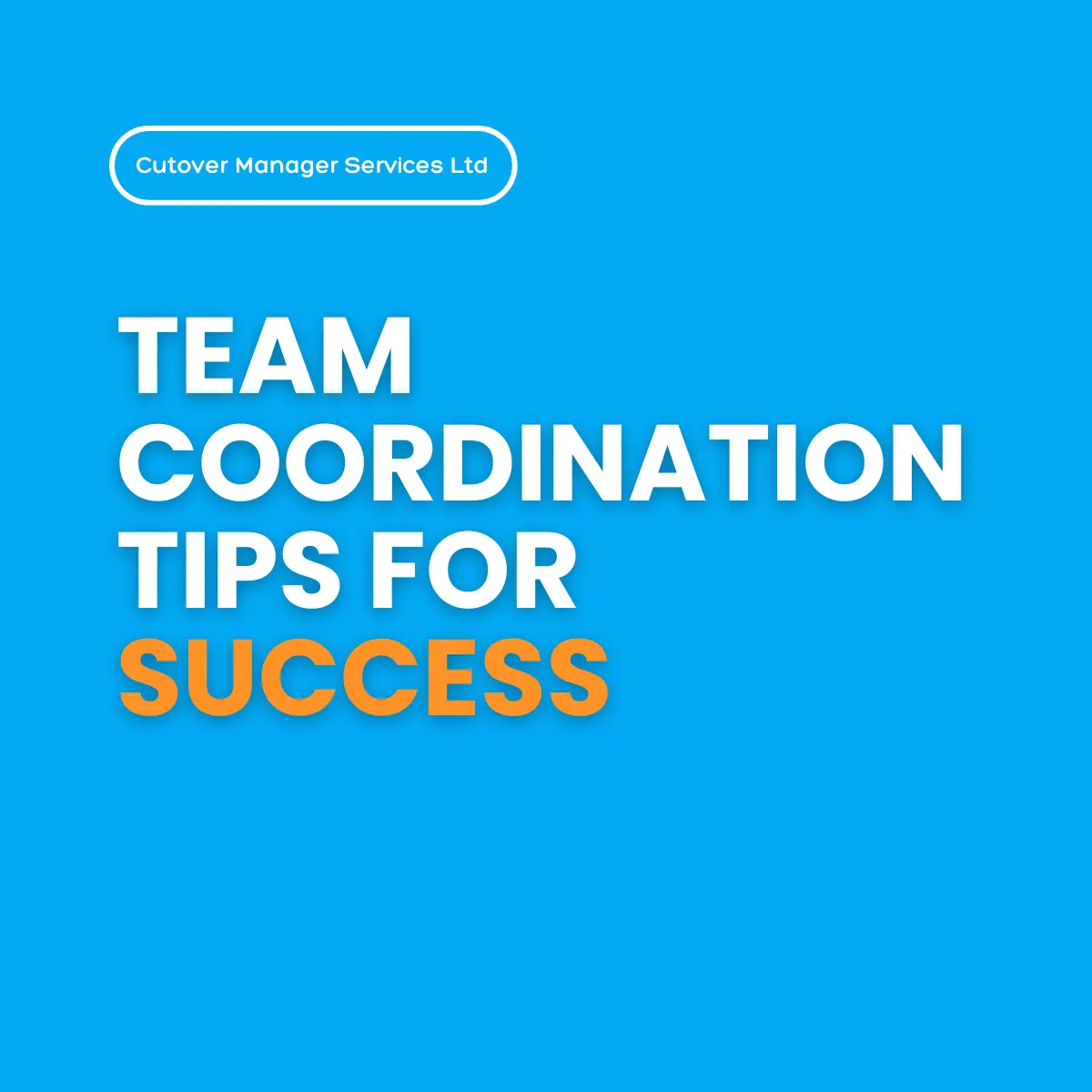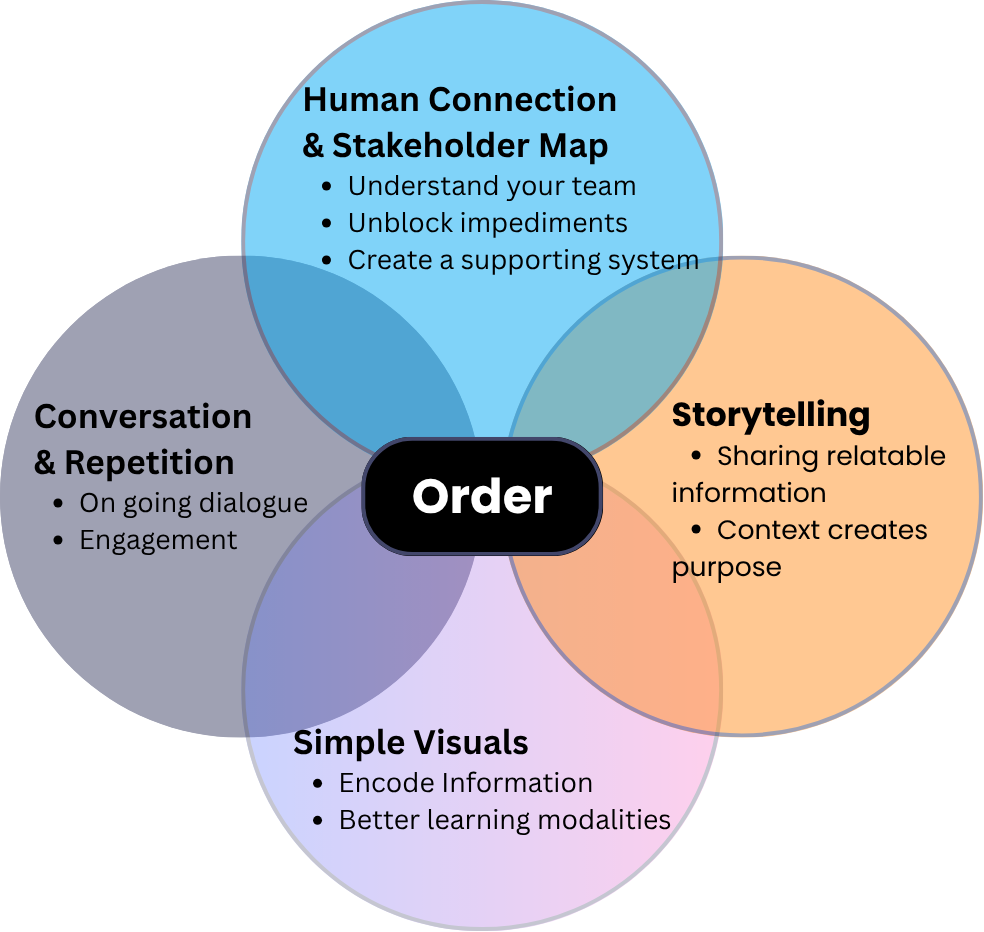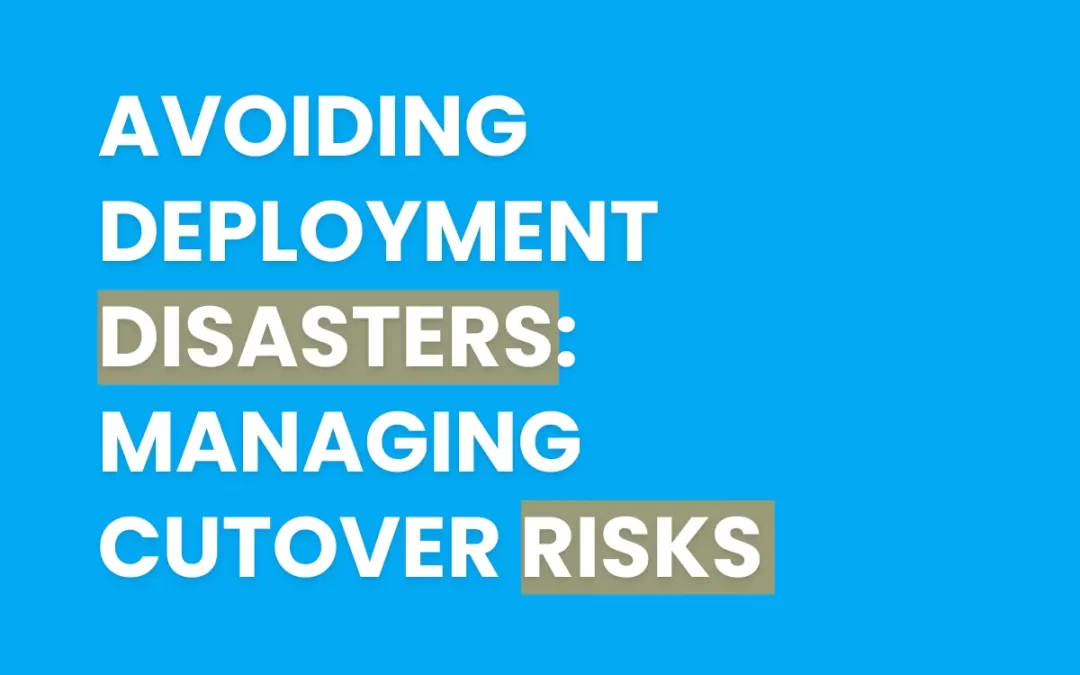Mastering IT Cutover: Team Coordination Tips for Success

Why Team Coordination is the Key to a Successful IT Cutover
IT cutover is a high-stakes process that requires seamless collaboration across IT, operations, and business teams. Miscommunication, unclear roles, or lack of alignment can lead to delays, errors, and even system failures. Effective team coordination ensures that everyone is on the same page, working toward a common goal, and prepared to handle any challenges that arise.
Let’s dive into the key steps to coordinate your teams effectively during IT cutover.
Assembling the Right Team for a Seamless Cutover
The foundation of a successful IT cutover lies in assembling the right team. This team should include representatives from all critical areas, such as:
IT Teams: Responsible for technical execution, system configuration, and troubleshooting.
Operations Teams: Ensure business processes continue to run smoothly during the transition.
Business Teams: Provide insights into how the new system will impact day-to-day operations.
Key Considerations:
- Clearly define roles and responsibilities for each team member.
- Identify a cutover manager to oversee the entire process.
- Ensure all team members have the necessary skills and knowledge to perform their tasks.
Establishing Clear Communication Channels
Effective communication is the backbone of team coordination. Without it, even the best-laid plans can fall apart.
Tips for Clear Communication:
- Use centralized communication tools like Slack, Microsoft Teams, or project management platforms.
- Set up regular check-ins, such as daily stand-ups or progress meetings.
- Maintain a single source of truth for documentation, such as a shared drive or cloud-based repository.
- Fostering Collaboration Across Departments
Silos can be the downfall of any IT cutover.
To ensure success, encourage collaboration across departments by:
- Organizing cross-functional workshops to align goals and processes.
- Creating shared KPIs that reflect the success of the entire team, not just individual departments.
- Promoting a culture of transparency and open communication.
Planning and Preparation for Cutover Success
Creating a Detailed Cutover Plan
A well-defined cutover plan is essential for keeping the process on track.
This plan should include:
- Timelines: Clearly outline when each task will be executed.
- Milestones: Identify key checkpoints to measure progress.
- Contingency Measures: Prepare backup plans for potential risks or issues.
Conducting Thorough Rehearsals and Testing
Rehearsals and testing are critical for identifying potential issues before the actual cutover.
Steps for Effective Rehearsals:
- Conduct dry runs to simulate the cutover process.
- Test all systems, integrations, and workflows to ensure they function as expected.
- Involve all team members in the rehearsal to familiarize them with their roles.
Aligning Cutover Activities with Business Priorities
Not all cutover tasks are created equal.
Prioritize activities based on their impact on business operations.
Prioritization Tips:
- Focus on high-impact tasks that directly affect critical business functions.
- Schedule less critical tasks during off-peak hours to minimize disruption.
- Communicate priorities clearly to all team members to avoid confusion.
Executing and Monitoring the Cutover
Managing Real-Time Coordination During Cutover
The cutover phase requires real-time coordination to ensure everything runs smoothly.
Best Practices for Real-Time Coordination:
- Set up a war room or virtual command centre for real-time monitoring and decision-making.
- Use dashboards to track progress and identify bottlenecks.
- Assign a dedicated team to handle real-time communication and updates.
Addressing Issues and Escalations Effectively
No matter how well you plan, unexpected issues can arise during cutover.
Steps to Handle Issues:
Establish clear escalation protocols to address problems quickly.
Use a problem-solving framework, such as root cause analysis, to resolve issues efficiently.
Keep stakeholders informed about the status of any issues and the steps being taken to resolve them.
Ensuring Post-Cutover Stability and Support
The work doesn’t end once the cutover is complete. Post-cutover stability and support are crucial for long-term success.
Post-Cutover Best Practices:
- Conduct a post-cutover review to identify lessons learned and areas for improvement.
- Provide ongoing support to address any issues that arise after the transition.
- Monitor system performance and user feedback to ensure the new system meets expectations.
Conclusion:
Achieving Cutover Success Through Team Coordination
Mastering IT cutover requires more than just technical expertise—it demands exceptional team coordination. By assembling the right team, planning meticulously, and executing with precision, you can ensure a smooth and successful transition.
Remember, the key to success lies in clear communication, collaboration, and a shared commitment to the end goal.
If you’re leading a business or digital transformation programme, these team coordination tips will help you navigate the complexities of IT cutover with confidence.
Ready to take your cutover management to the next level? Contact us today to learn how our expert cutover management services can support your success.



